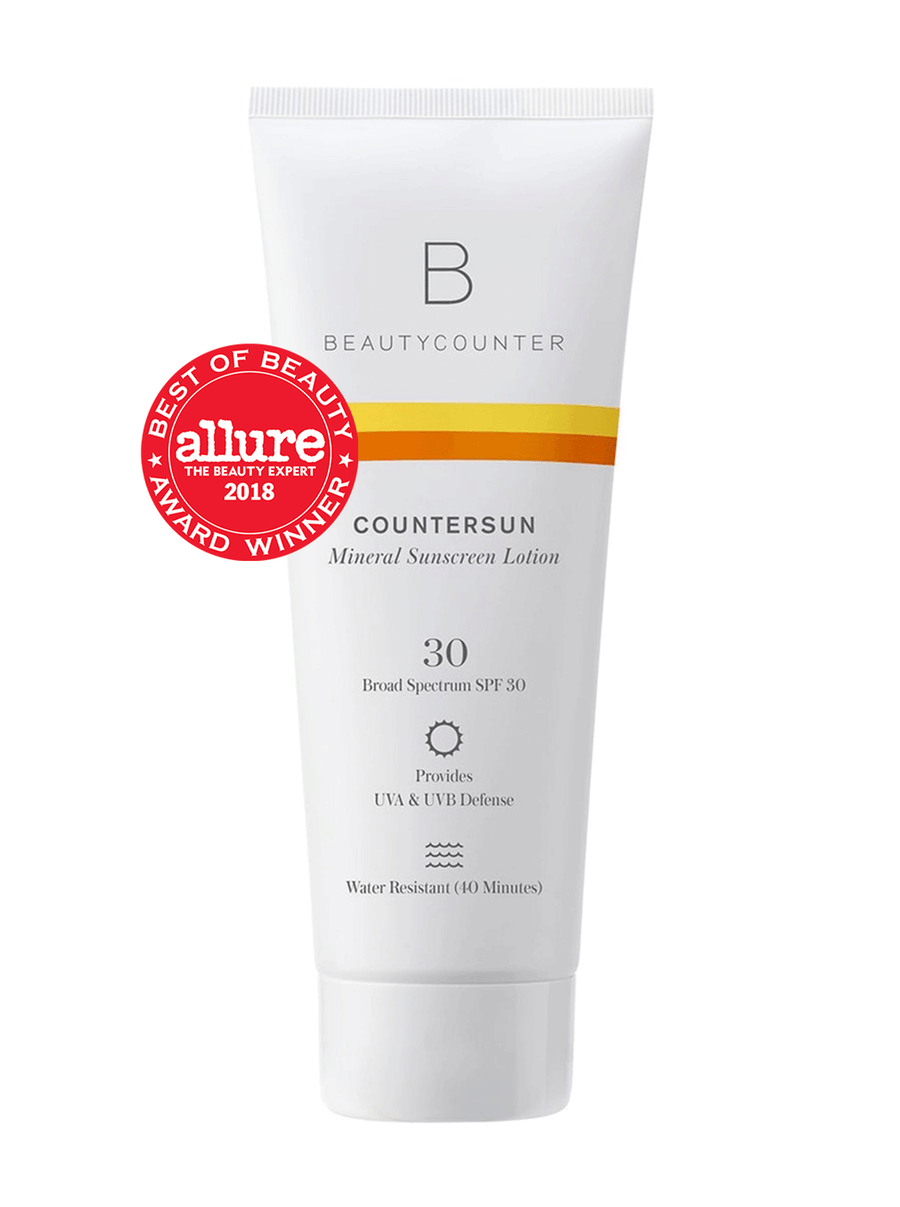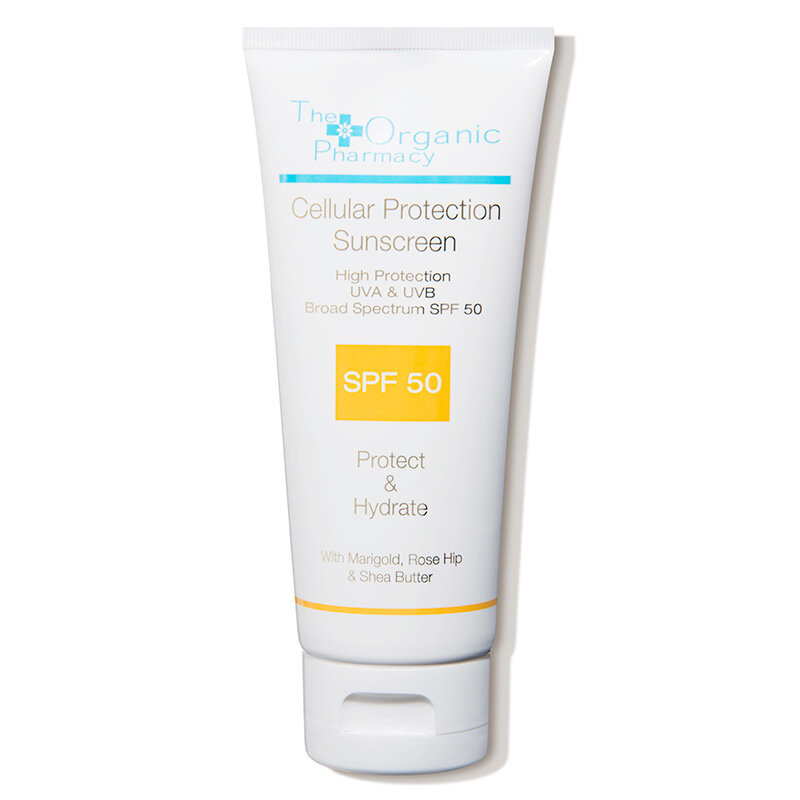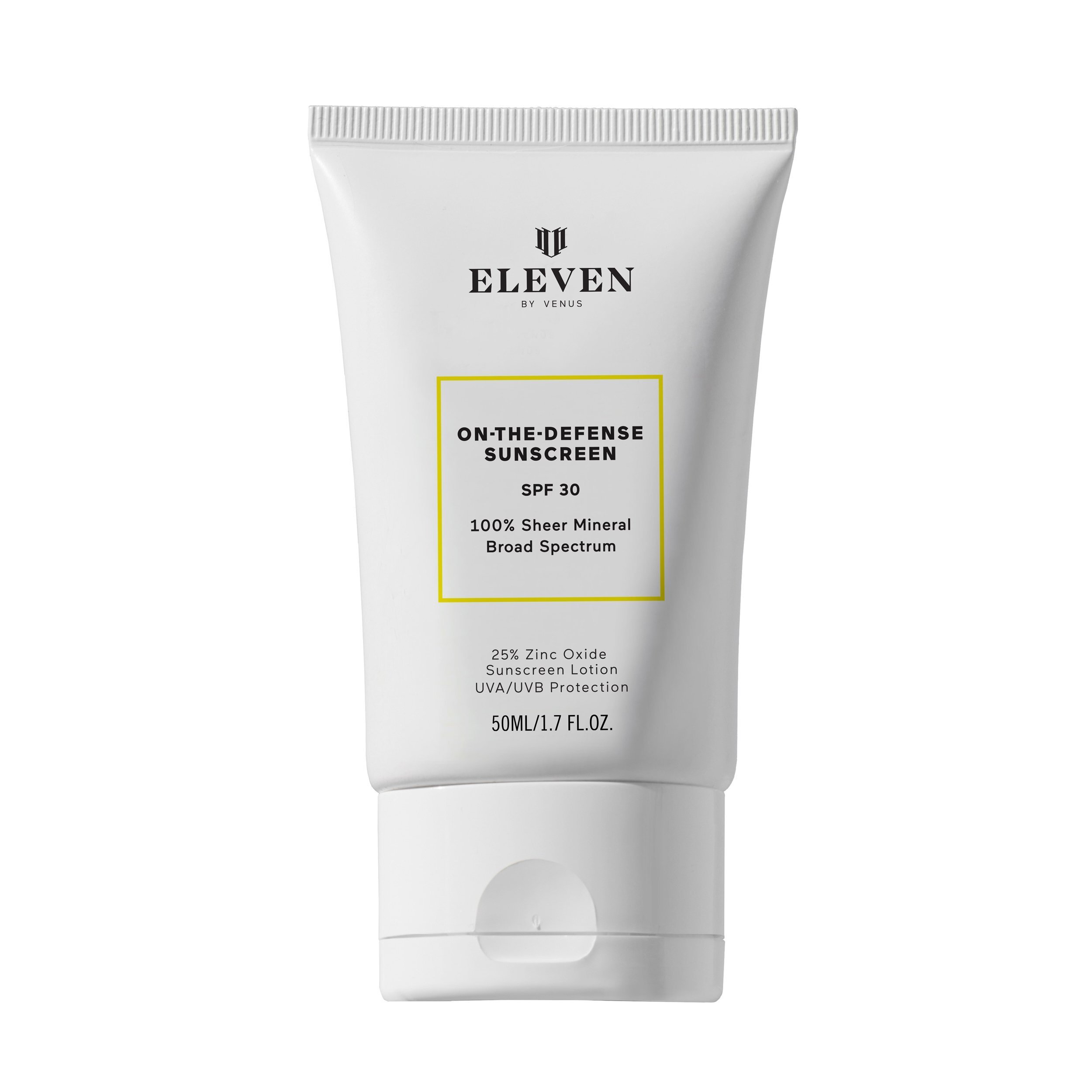BRIEF SUNCARE GUIDE
This topic is immensely close to my heart. My dad is currently battling stage 4 Melanoma and I’ll tell you this; I will never be able to wipe away the memory of the suffering he has undergone from this illness and the pain we have endured throughout the entire process as a family. There are obviously other skin cancers, moles to look for, etc. that I am still educating myself on and will write about in depth here on the blog. However, this post is a brief guide to Melanoma specifically and sunscreen facts for everyone to retain.
Wear the right sunscreen, put on a hat, seek shade, wear protective clothing and be kind to your skin!
MELANOMA FACTS
What is Melanoma?
Melanoma is a serious form of skin cancer that begins in cells known as melanocytes. It can rapidly spread to other organs if it isn’t properly treated at an early stage.There are three kinds of melanoma: cutaneous (skin), ocular (eyes), and mucosal (rare form- sinus, nasal, oral, and other areas).
What is a melanocyte?
Melanocytes are skin cells that give skin it’s color.
How does the sun affect melanocytes?
UV radiation causes the melanocytes to rapidly develop uncontrolled cells, which is when melanoma occurs. This is ultimately DNA damage. When skin is exposed to UV, the skin damage cause melanocytes to want to produce more melanin.
What is melanin?
Naturally darker-skinned people have more eumelanin, which has the ability to protect the skin from sun damage. Naturally fair-skinned people have more pheomelanin, which does not have the ability to properly protect the skin from sun damage. Due to this lack of eumelanin in fair-skinned people the susceptibility to skin cancer is more likely.
When do I go to the dermatologist?
If you see a mole that looks abnormal and suspicious, do something about it. Regularly scan your entire body for changes in moles, even in places where it may not get sun exposure (ex: between the toes!). See a dermatologist at least once a year and if you have a family history of skin cancer, consider going to the dermatologist twice a year.
Every hour, 1 person dies from Melanoma.
One blistering sunburn can double your chances of developing melanoma later in life.
Melanoma is the deadliest form of skin cancer. Skin cancer is the most common form of cancer in the U.S.
Experiencing five or more blistering sunburns between ages 15 and 20 increases one’s melanoma risk by 80 percent.
SUNSCREEN FACTS
What should you look for in sunscreen?
Mineral sunscreens will list zinc and/or titanium dioxide only. Be cautious of the term “mineral-based,” on sunscreens, which often mean zinc and/or titanium dioxide has been mixed with chemical sunscreen. Chemical sunscreens will actually absorb the suns rays, which deflects the actual purpose of applying the product. Look for sunscreens that contain the following:
WATER RESISTANT
SPF 30 OR HIGHER
MINERAL ONLY
BROAD SPECTRUM
CORAL REEF FRIENDLY
What is Broad Spectrum?
The sunscreen protects against UVA and UVB rays. You always want sunscreen that is broad spectrum.
When should you apply sunscreen?
A “shot-glass size” of sunscreen product should be applied 15 minutes prior to sun exposure and reapplied every two hours. Sunscreen should be applied on cloudy days too.
Between 6,000 and 14,000 tons of sunscreen washes off of swimmers, scuba divers, and snorkelers into coral reef environments each year.
Up to 10% of the world's coral reefs may be threatened by certain chemicals found in most sunscreens.
Common chemical sunscreen ingredients, such as oxybenzone and octinoxate, can kill coral and damage coral reefs.
Below are 4 clean sunscreens that are mineral only, broad spectrum, and reef friendly. Click the image to shop:





